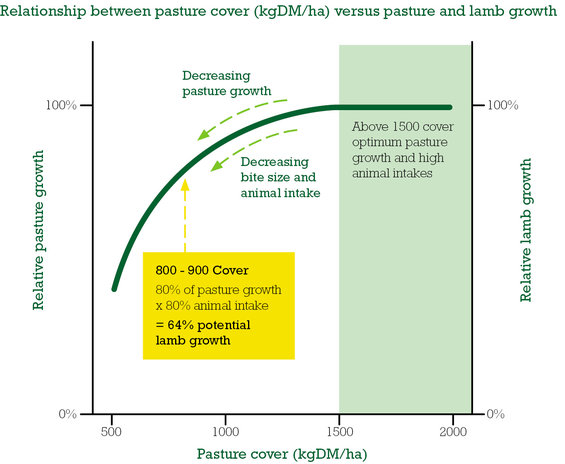Choose Tyson for faster growing lambs & better weaning weights
Striking the right balance between feed demand and pasture supply through the early part of lambing is challenging, but if you get it right, the payoff comes at weaning, with more lambs drafted straight onto the truck.
Tyson was bred to make that process easier. With 35% more dry matter growth in early spring, plus excellent year-round yield and persistence, this new perennial ryegrass is a potential game-changer for red meat producers.
It is the earliest-heading ryegrass you can buy (-7 days) and was created to enhance lamb and beef production by getting more feed into the system early, when demand typically exceeds supply.
That type of advance is exactly what the doctor ordered for today’s high performing red meat systems, says agronomist Janet Montgomery.
“We’ve have plenty of ryegrasses available to grow lambs well in late spring. What we need is a way to get more feed into ewes and lambs though the start of lambing.
“That early feed is so important in our systems. We’ve got big fertile ewes, with high scanning rates, high feed demand and high lambing percentages. Farmers want good lamb birth weights, higher survivability and fast growth, so they can make better weaning decisions.
“Pasture quality this time of the year is excellent. It all comes back to lambing onto the right covers and having enough grass growth to feed ewes and lambs well during lactation.”
Tyson is a valuable new tool as part of an integrated whole farm system solution, which includes management decisions through autumn. The science behind the old saying ‘grass grows grass’ is a key consideration here.
For near optimal pasture and lamb growth, best practice minimum pasture covers for lambing are 1200-1300kg DM/ha (3-4cm pasture height) for single lamb-bearing ewes, and 1500-1600kg DM/ha (4-5cm pasture height) for multiples.
A pasture cover of 1500kg DM/ha (or 4-5cm pasture height) in early spring allows plants to grow at their maximum. That’s because there’s enough leaf area present to capture all available sunlight for photosynthesis.
The amount of pasture available in early lactation directly impacts the growth of suckling lambs, Janet says.
Having enough pasture available while ewes are milking at their peak means they can feed themselves and their lambs well.
Tyson was bred from two of Barenbrug’ best early growing ryegrasses (Meridian and Arrow) and is available this autumn with AR1 endophyte.
Often covers drop to 800-900 through lambing, when this happens lambs are only growing at 64% of their potential, as shown in the graph.


